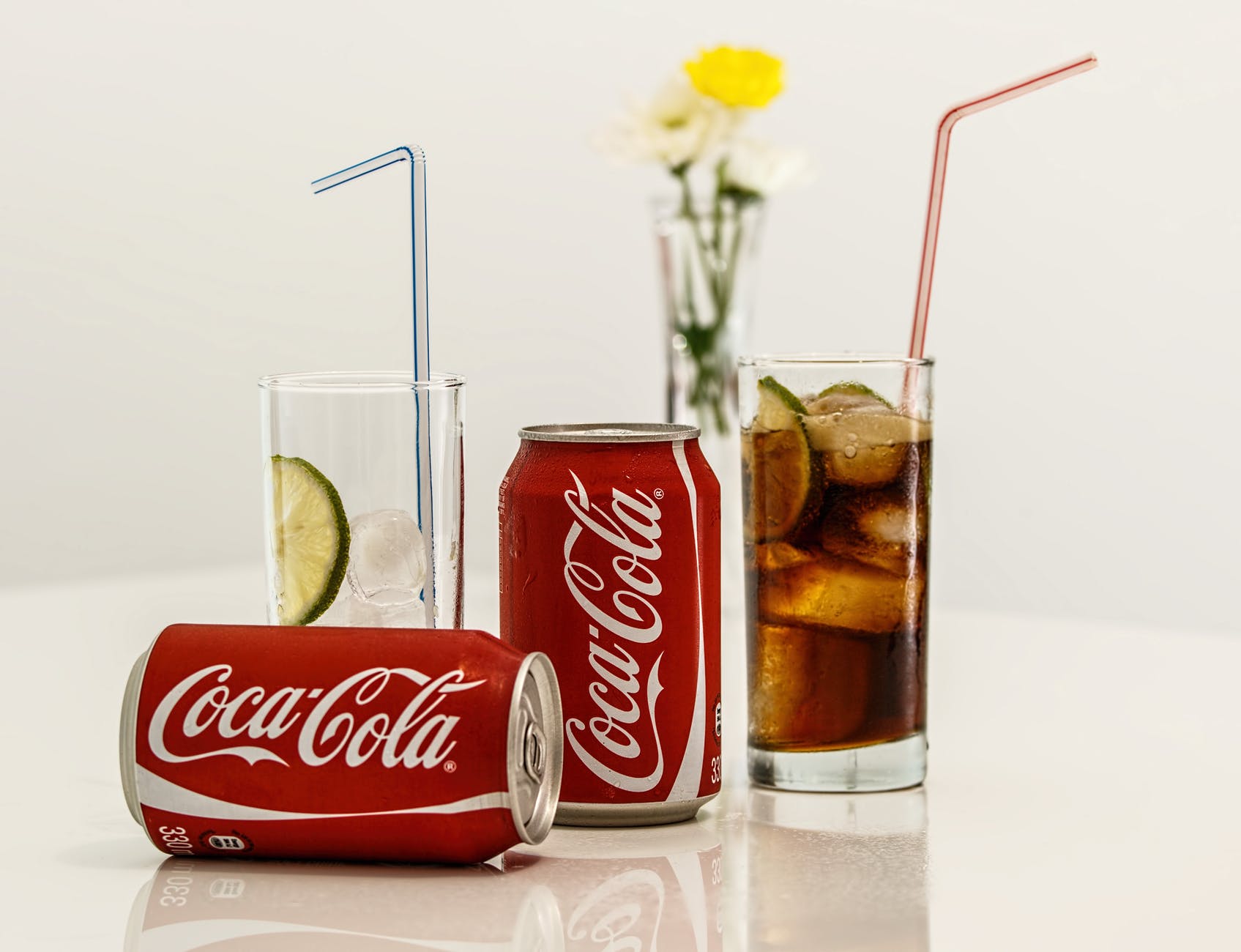Coca-Cola is playing 3D chess

There is little doubt that one of the most successful companies of all-time is Coca-Cola (NYSE: KO).
Founded in 1886, the fizzy drink has become synonymous with being young, being American, family picnics, playing sports, and about 1,000 other things.
In large parts of the U.S. South, asking for “a Coke” doesn’t just mean Coca-Cola. No, the beverage is so popular that “Coke” refers to any type of carbonated soda pop.
“Give me a Coke,” to which the waitress replies “Sure, what kind” is a common, if confusing to outsiders, conversation in parts of the United States.
A big part of their success has been the marketing. There are other fizzy drinks out there that taste very similar to Coca-Cola. Yet all around the world Coke is the standard bearer. That’s because they have cleverly positioned themselves as such.
All those associations I outlined above are a result of carefully designed marketing campaigns. This is a company that knows how to sell and that, in many ways, invented the modern idea of marketing.
I mean, they kind of invented Santa Claus in their early 20th Century marketing. That takes some serious vision and confidence.
They are also famous for one of the biggest gaffs in marketing — and business — history. That is the introduction of New Coke in April 1985.
If you’re too young to remember, the 1980s were a time when youth culture really started to become the dominant force in the Western World. It was when MTV was launched and the emergence of cable television worldwide started to speed up the rate in which trends would move from the big, metropolitan centres to the hinterland and around the world.
New Coke kind of fit into that. It was Coke’s attempt to change and be seen as modern. Why would the kids want to drink the same thing that their dads did, right? Their biggest rival, Pepsi (NASDAQ: PEP), was also leaning into that, with their “Next Generation” marketing slogan.
So, New Coke was launched.
It bombed. A complete disaster. They teach this failure as an example of what not to do in Business Schools today. It turns out that people don’t really want you to change things that are working.
So, news this week that they are doing this again — albeit with a secondary product, Coke Zero — has caught people off guard. Yep, Coke announced it was tweaking its recipe for Coke Zero, it’s third highest selling flavour.
People shouldn’t be surprised. First off, it’s Coke Zero, not the O.G. They learned their lesson there. The original recipe isn’t going to ever change again.
However, the other lesson Coke learned from the New Coke failure was to lean into it. Rather than trying to erase the mistake from its history they make jokes about it. They even had a limited re-release of New Coke a few years back. People like a company that has a sense of humour about itself.
This is part of that. The recipe change is only minor. They likely didn’t need to make a big deal of it. Yet, they made sure people knew about it and were talking about it. I suspect many of the people that are talking about it will go out and buy a Coke Zero when the new recipe drops.
Clever, eh?
It’s 3D chess, really. The ability to spin bad into good and stay on top of a highly competitive business for more than a century is why you should never, ever assume that Coke doesn’t know what it is doing.
